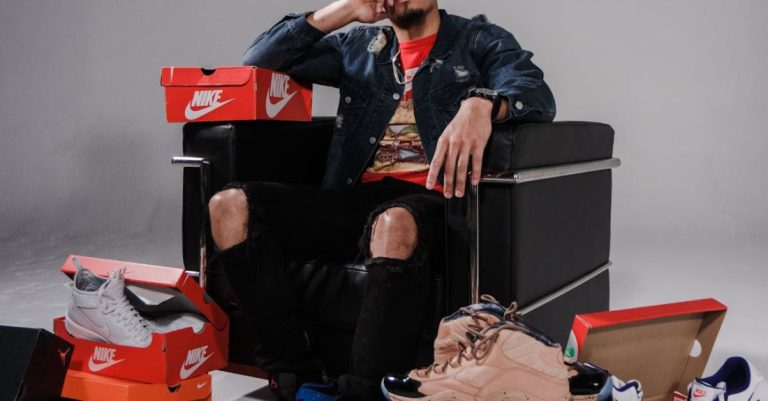
In a fast-paced world where trends come and go in the blink of an eye, the concept of slow fashion is emerging as a refreshing alternative. But what exactly is slow fashion, and why is it gaining momentum in the fashion industry? Let’s delve into this intriguing movement that is reshaping the way we view and consume clothing.
Understanding Slow Fashion
At its core, slow fashion is a response to the fast fashion industry’s unsustainable practices. It emphasizes quality over quantity, prioritizing timeless designs and durable materials that are made to last. The slow fashion approach encourages consumers to invest in pieces that will stand the test of time, both in terms of style and durability. By focusing on craftsmanship and ethical production methods, slow fashion seeks to create a more sustainable and environmentally friendly way of dressing.
Embracing Sustainability
One of the key pillars of slow fashion is sustainability. In contrast to the fast fashion model, which relies on cheap labor and mass production, slow fashion emphasizes transparency and ethical practices throughout the supply chain. This includes using eco-friendly materials, minimizing waste, and supporting fair labor practices. By choosing slow fashion brands that prioritize sustainability, consumers can feel good about the impact of their purchases on both the planet and the people involved in the production process.
Promoting Ethical Practices
In addition to sustainability, slow fashion also advocates for ethical practices within the industry. This means valuing the rights and well-being of workers, from the artisans who craft the garments to the seamstresses who bring the designs to life. By prioritizing fair wages, safe working conditions, and respect for human rights, slow fashion brands are leading the charge toward a more ethical and equitable fashion industry. Consumers who support slow fashion are not just buying clothes—they are investing in a more ethical and responsible way of dressing.
Encouraging Conscious Consumption
Another key aspect of slow fashion is its focus on conscious consumption. In a world where fast fashion encourages impulse buys and disposable clothing, slow fashion invites consumers to take a more thoughtful approach to their wardrobe choices. By investing in high-quality pieces that are designed to last, consumers can build a versatile and timeless wardrobe that transcends fleeting trends. This shift toward mindful consumption not only reduces waste but also fosters a deeper connection with the clothes we wear, encouraging us to cherish and care for them over time.
Fostering Creativity and Individuality
Slow fashion celebrates individuality and self-expression, offering a counterpoint to the cookie-cutter designs of fast fashion. By supporting independent designers and artisans, slow fashion allows consumers to discover unique and one-of-a-kind pieces that reflect their personal style and values. Whether it’s a handcrafted accessory or a bespoke garment, slow fashion encourages creativity and self-expression in a way that mass-produced clothing simply cannot match. By embracing slow fashion, consumers can cultivate a wardrobe that is as unique and authentic as they are.
Embracing the Slow Fashion Movement
As the slow fashion movement continues to gain traction, more consumers are reevaluating their shopping habits and opting for a more sustainable and ethical approach to fashion. By supporting brands that prioritize quality, sustainability, and ethical practices, consumers can make a positive impact on the fashion industry and the planet. Slow fashion is not just a trend—it’s a mindset shift that is reshaping the way we think about clothing and consumption. So, why not join the slow fashion movement and embrace a more conscious and sustainable way of dressing?





